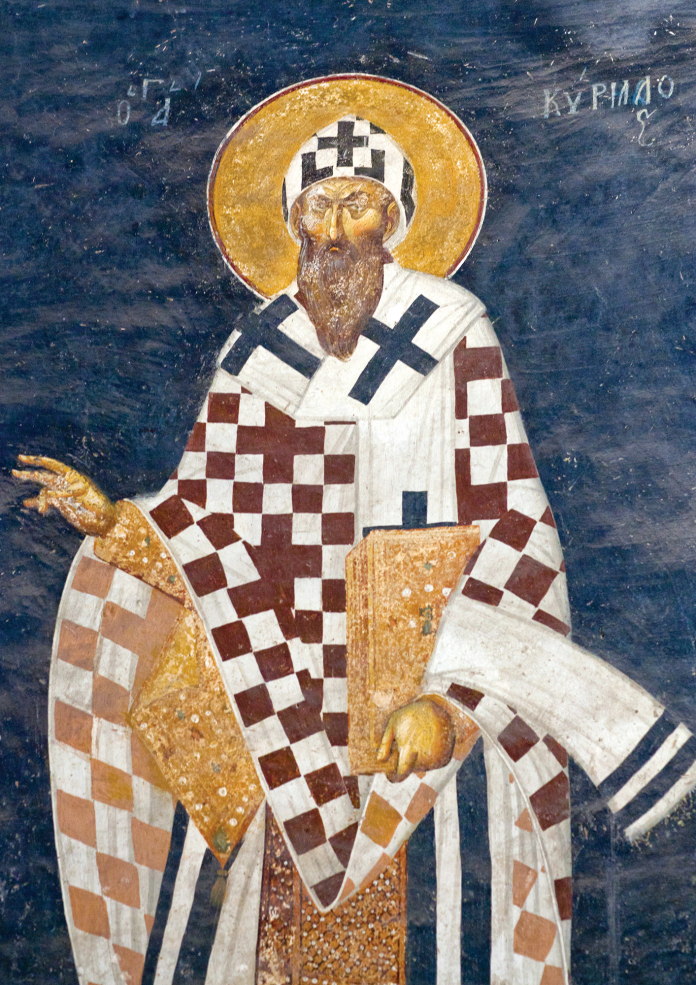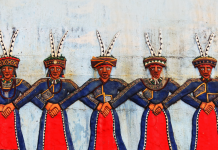Descended from Polish roots, the language of Asia’s northernmost inhabitants only found its first alphabet in 862 AD, thanks to a pair of preaching Thessalonian monks
Russkiy yazyk, or Russian, is one of the three Eastern Slavic languages, alongside Ukrainian and Belarusian. It is the mother tongue of the Russian people, an official language of Belarus, Kazakhstan and Kyrgyzstan, and is spoken as a second language in countries formerly associated with the Soviet Union. It is also recognised as one of the six official languages of the United Nations.
Russians are descended from the Slavic people, who migrated from Poland in the 6th century towards the Dnieper River. The peoples of the East Slavic countries, including Russia, Ukraine and Belarus, spoke different Slavonic languages, but these languages shared a common grammatical structure from which was born a common written language known as Old Church Slavonic.

In the 9th century, Greek Orthodox missionaries Saint Cyril and his brother, Saint Methodius, travelled to Moravia (a historical country in the Czech Republic) to preach Christianity to the Slavic people on instruction of the Byzantine emperor. To translate Church scriptures into Old Church Slavonic, Saint Cyril created the Glagolitic alphabet, which was later adapted by his disciples into the Cyrillic alphabet. Named in honour of the Byzantine brothers, the Cyrillic script is derived from the Greek alphabet and contains letters to express Slavic pronunciations not found in Greek. It forms the base for the modern Russian alphabet.
In the 18th century, Russian czar Peter the Great decided to adapt the Cyrillic alphabet into the Civil Russian alphabet. After that, the Cyrillic script was only used for religious writings. Today, the Cyrillic letters required to display the Russian language on computers are represented by two common character encodings, KOI-8R and Windows-1251.
Related: No Land For Nomads
Related: Making Tracks
Related: The Future of Language
For more stories and photographs from this issue, see Asian Geographic Issue 129, 2018




![The Road to Independence: Malaya’s Battle Against Communism [1948-1960]](https://asiangeo.com/wp-content/uploads/2021/07/WhatsApp-Image-2021-07-26-at-11.07.56-AM-218x150.jpeg)






